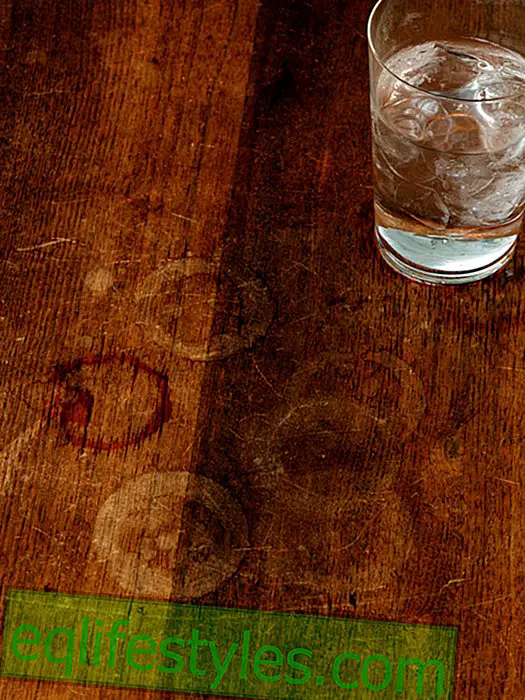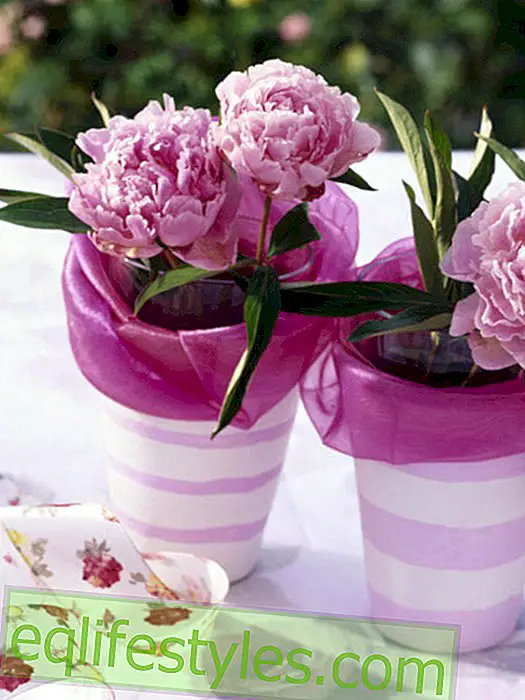It may be that broken pieces bring good luck. But noble porcelain is too precious to break.

Photo: KPM
We collected exciting details about one of the world's most valuable cultural assets and visited a porcelain clinic
Chinese were the first to make porcelain; All experts agree. However, they argue, whether that happened before 3000 or only 1300 years ago. The precious commodity then reached Europe in the 13th century, with merchants such as Marco Polo. But as the coveted commodity was made, did not reveal the Asians. The secret came only Johann Friedrich Böttger on the track. About 400 years ago, the alchemist was commissioned by the Saxon Elector August the Strong to produce pure gold. Hoping to find the recipe, Böttger merged clay, quartz and feldspar in the Meissen Albrechtsburg in 1706. What came out was not gold, but a classic dish: Böttgersteinzeug is still a bestseller today. In 1707 Böttger succeeded, together with the scholar Ehrenfried Walther von Tschirnhaus, in making something scarcely less sought after than gold porcelain, snow-white and translucent, delicate yet hard. The Elector was delighted. Two years later, the first European manufactory was founded, today's "Staatliche Porzellan-Manufaktur Meissen". Numerous companies followed, especially in Thuringia, Upper Franconia and Silesia. Some of them still exist today. At first, porcelain remained a rarity crowning only aristocratic tables. From the fine cups, the fashionable luxury drinks coffee and cocoa were slurped. But soon porcelain also broke off the gold and silver dishes, moved to the epitome of table culture and finally overcame all class barriers.
The so-called "white gold" belongs to the family of fine ceramics, such as stoneware, stoneware or bone china. It is shaped and fired from rocks whose origin dates back to granite, one of the hardest earth elements. When granite weathers, for example, "kaolin" is produced, also called china clay. This consists of our usual porcelain to about 50 parts, the other half share feldspar and quartz. Kaolin is a real treasure: it causes the enormous porcelain hardness and gives it its snow-white color. To take shape, the liquid porcelain mass is poured into molds and dried. The blank thus formed is fired twice, first at 900 ° C to 1000 ° C. What comes out of the kiln is then the "Scherben", a still porous ceramic object which is glazed during the second firing. The temperature climbs to 1450 ° C. The glaze melts like ice in the sun and covers the body with a protective hard coat.
Decorated with roses or painted Frisian blue - color gets porcelain by glaze and inglaze decoration. As the name suggests, either a foil print or hand-painted patterns are melted. This production is considered sensitive. If the cup or plate design, however, covered by a hard glaze layer, it is robust and dishwasher safe. Depending on the process followed by one or more decorative fires. In order for the pattern to be firmly bonded to the glaze, high-quality, hand-painted objects even receive more than five intermediate firings at a temperature of 850 ° C.
For real porcelain, the surface shines, its sound is bright and pure. For testing, hold the dishes against the sun or a lamp: light shimmers only through real porcelain, by no other ceramics. The fracture surface of genuine porcelain fragments is also smooth and water-repellent. The tongue can test that. If it sticks to the surface instead of gliding smoothly over it is another ceramic product.
When Marco Polo returned from China with his white treasure, the Italians suspected that porcelain was made from the crushed shells of snail shells. Because the fragile material reminded her of the clams of the sea slug, which was called "porcellana". Derived from this is the word porcelain.
Decors with gold trim (glossy gold) are usually made with onglaze and should be rinsed by hand. Exception: Matt gold (polished gold) coatings. They tolerate the dishwasher. If a porcelain is not labeled as "dishwasher safe", treat it like an antique and gently rinse by hand - scouring and spongy scrubbing sponges are absolutely taboo. If fine hairline cracks appear in the glaze of cups, plates and bowls, they are best rinsed immediately after use so that strong colorings such as tea or coffee and foods such as red cabbage, curry and other spices leave no lasting traces in the material.
Fancy porcelain, interested in his production or curious about his past? Then you travel to Upper Franconia, one of the most important porcelain regions in Europe! There, the Porzellanikon Selb shows not only the finest crockery but also the industrial workmanship in a disused Rosenthal factory: historic rotary ovens, modeling, molding and turning. In neighboring Hohenberg, 12, 000 artful porcelain works will be exhibited in the former director's villa of the world-famous family-owned Hutschenreuther. Incidentally, in the Porzellanikon, porcelain collectors can also examine and appreciate private treasures.
Porzellanikon Selb, 95100Selb, Werner-Schürer-Platz 1, Tel. (0 92 87) 91 80 00, www.porzellanikon.org
How about a porcelain instead of a wine trip? Porcelain fans can find tips and addresses for fine ceramics collections, manufactories and artist studios in Thuringia and other well-known regions at www.thueringer-porzellanstrasse.de or www.porzellanstrasse.de
Do you want to move your precious crockery or leave a vase as a gift for long distances? Then it says: wrap each piece individually and with a lot of paper. In the box, the plates, cups and jugs should not be transported directly above each other or pressed tightly together with the handles, otherwise there will be broken pieces. Plenty of pop-up foil or foam cushions the package. Packed safely, you can even mail it.









